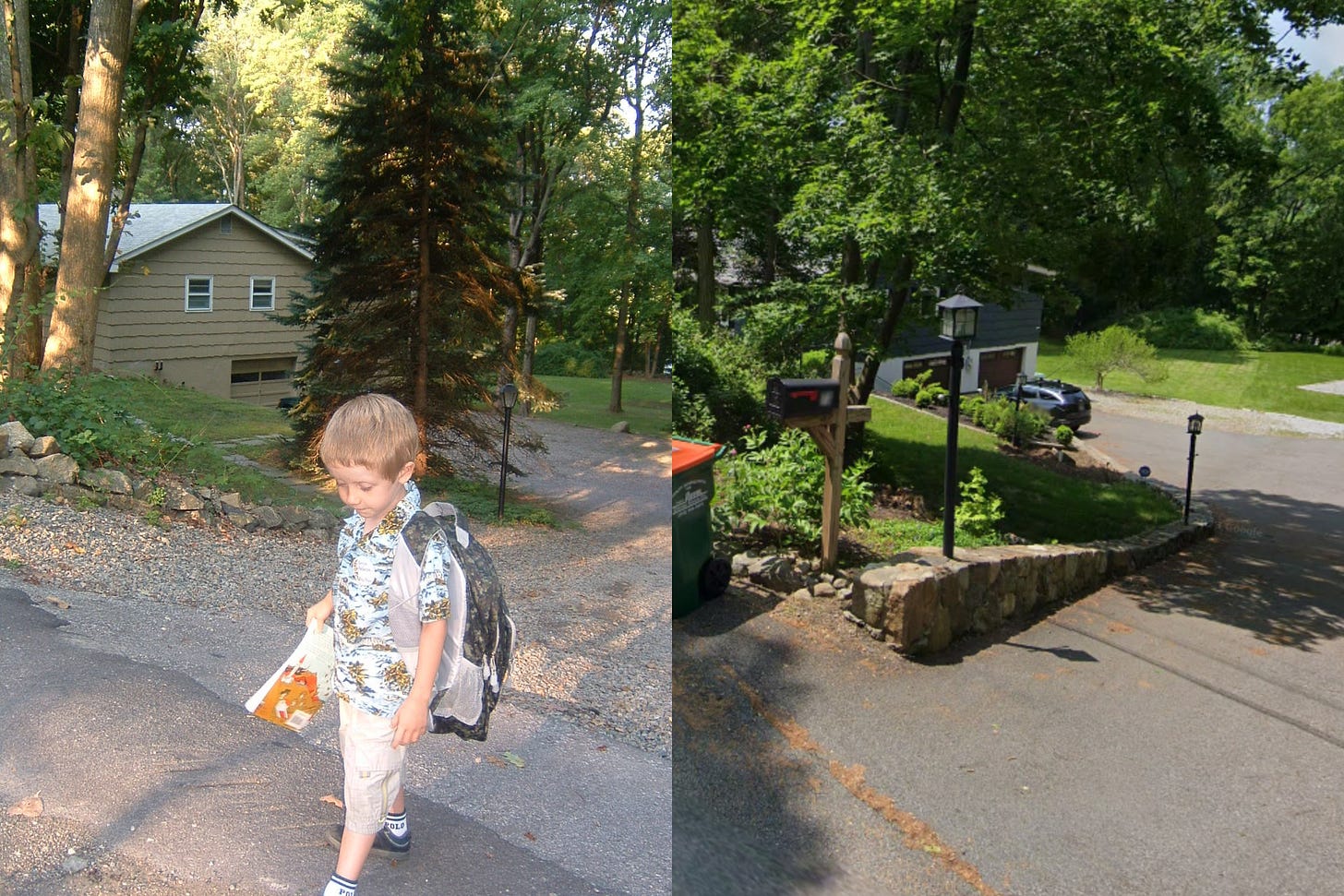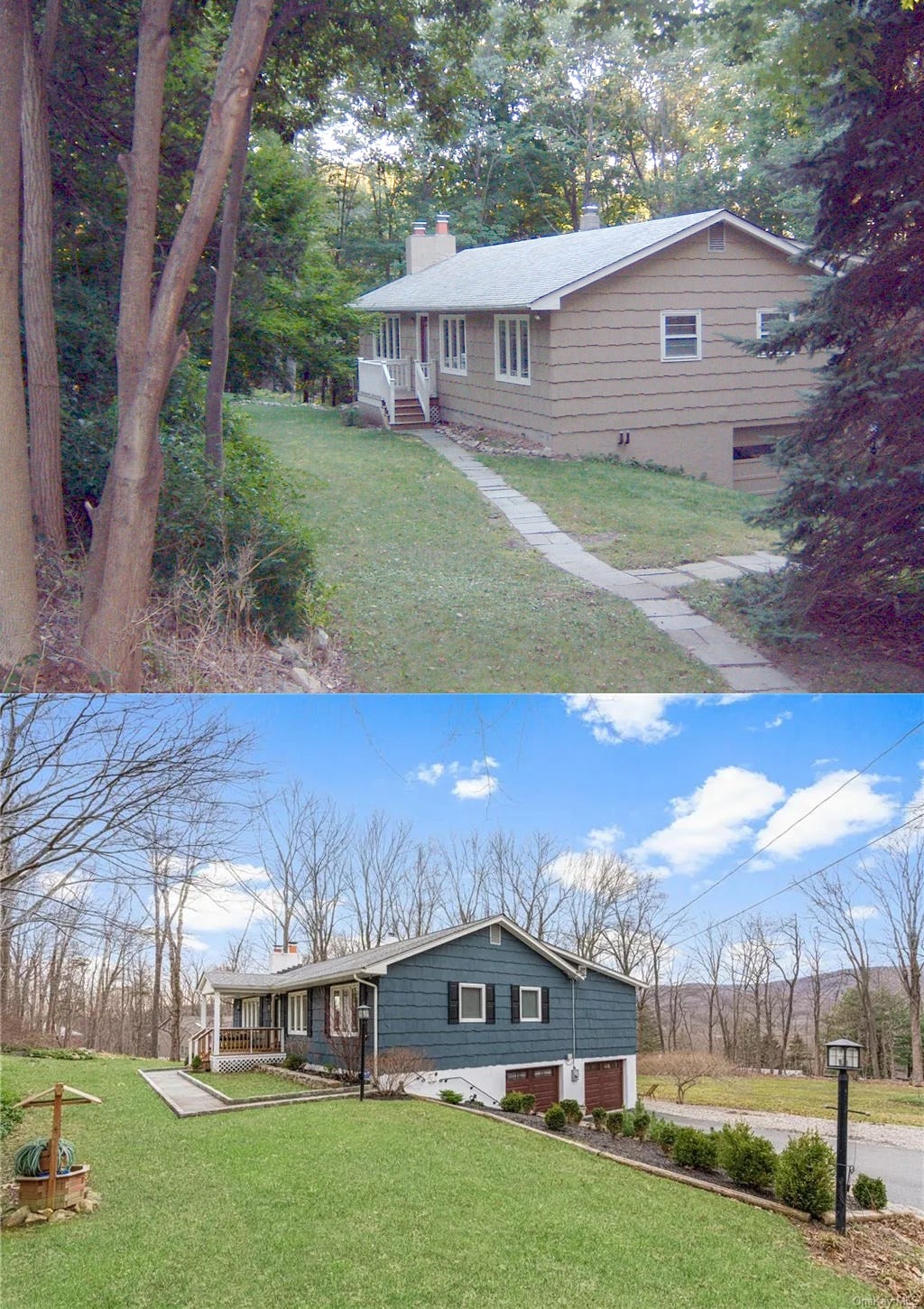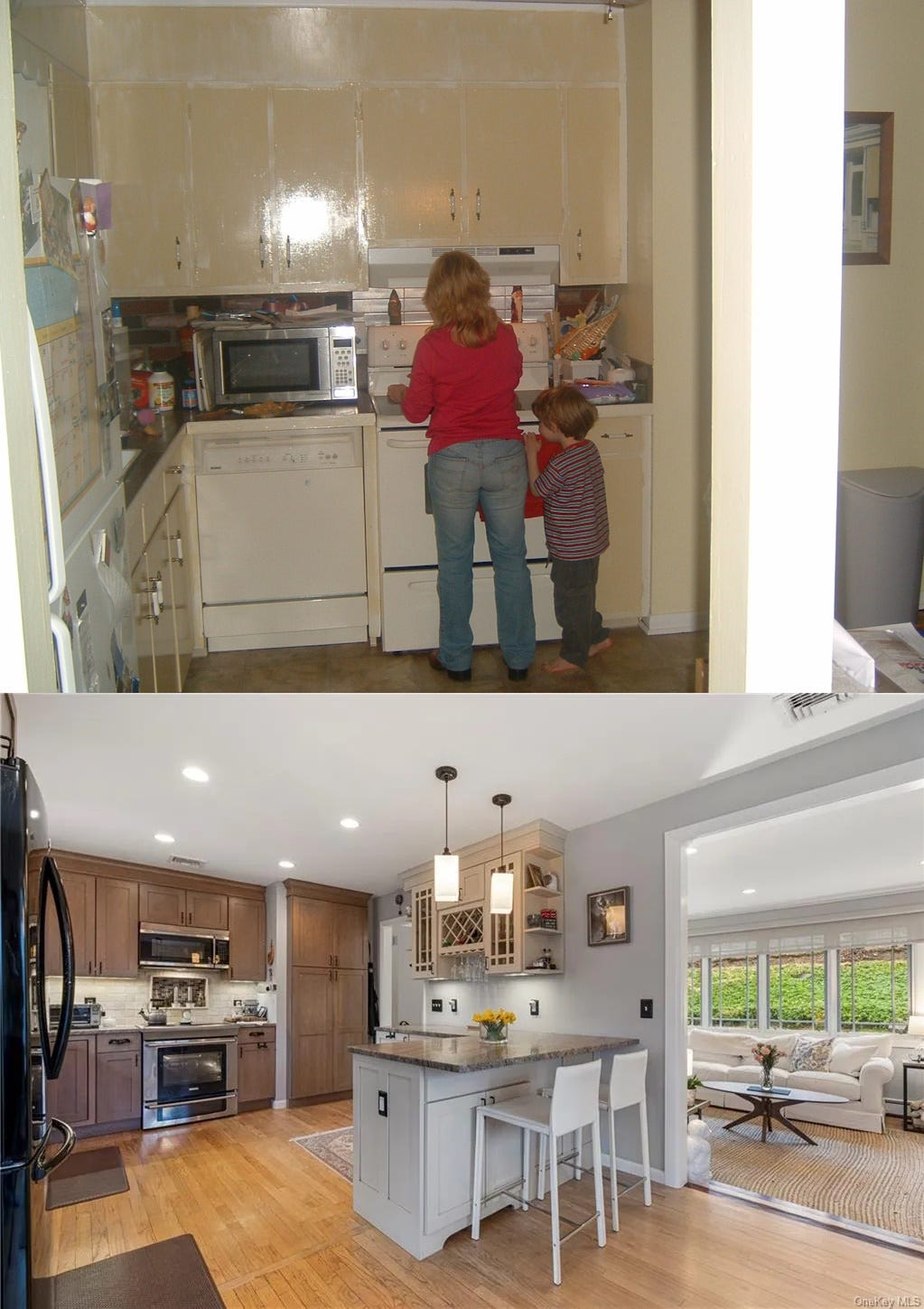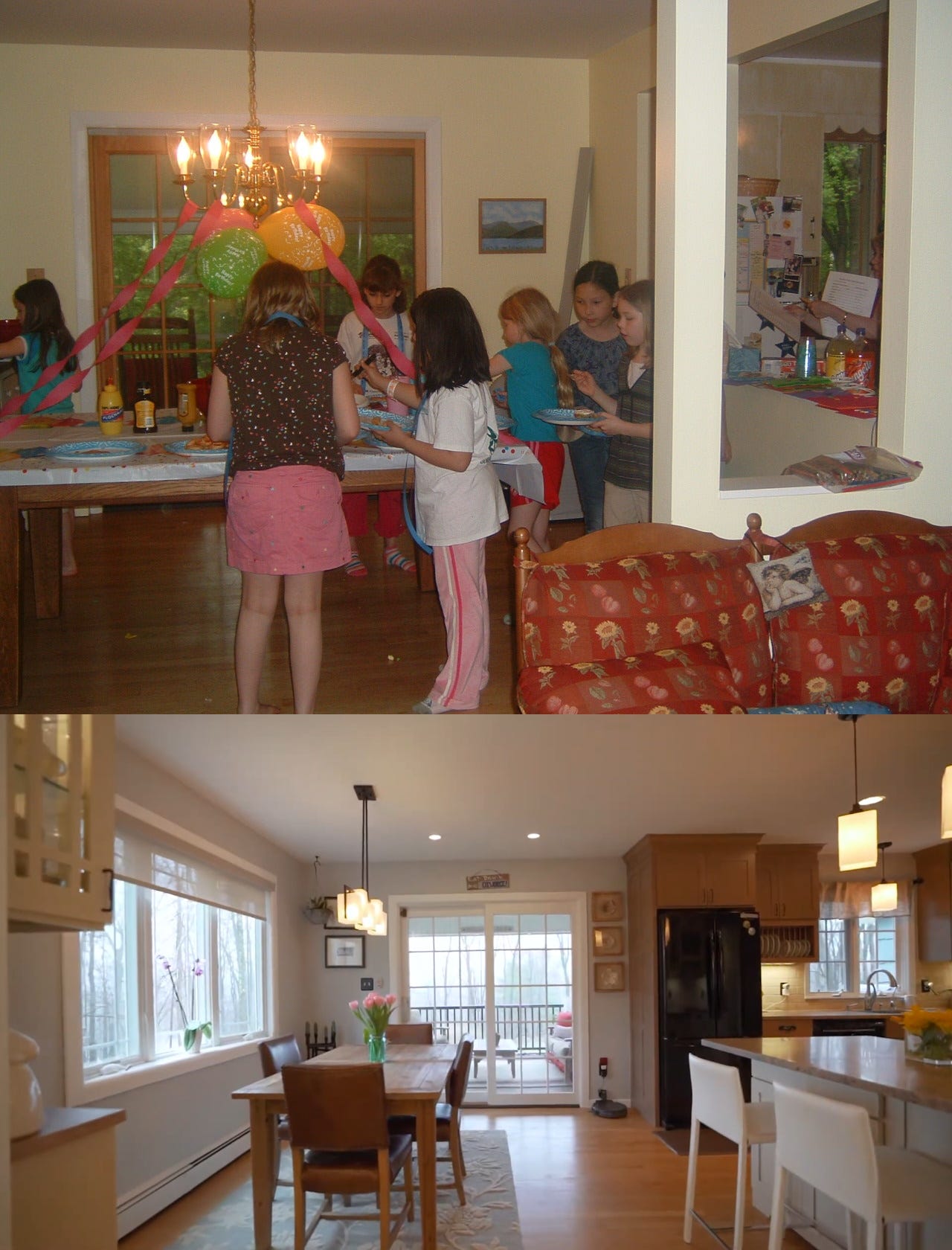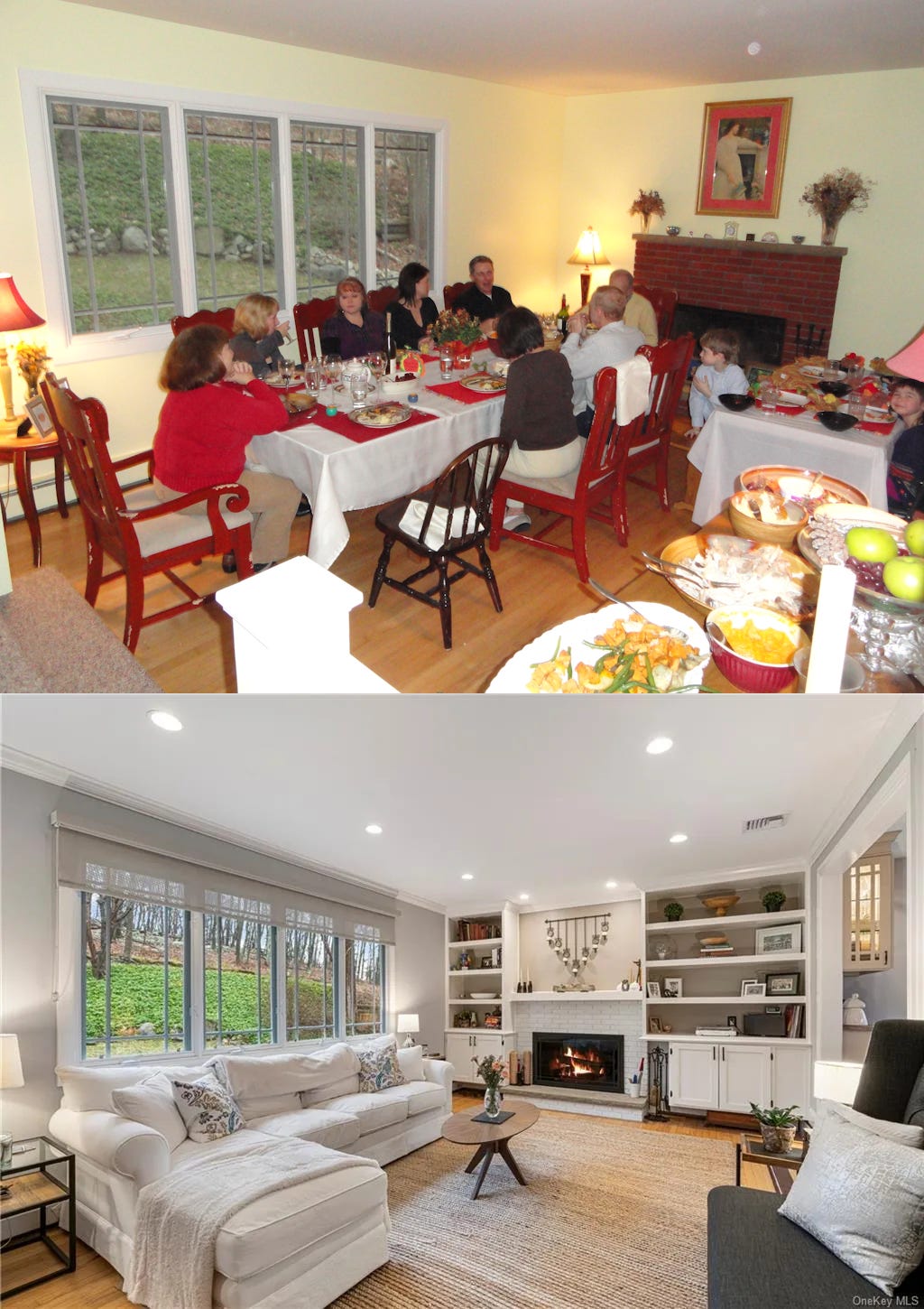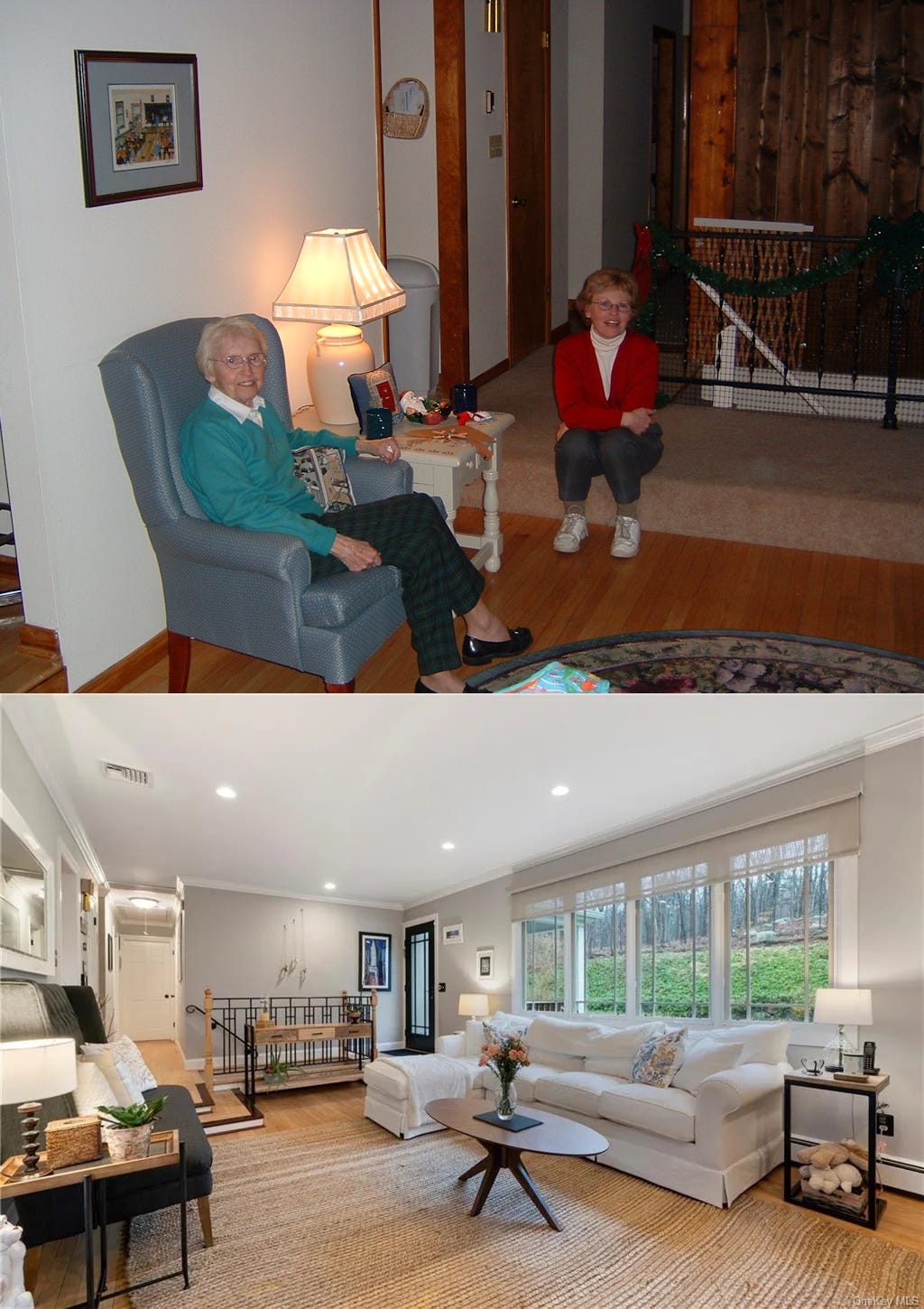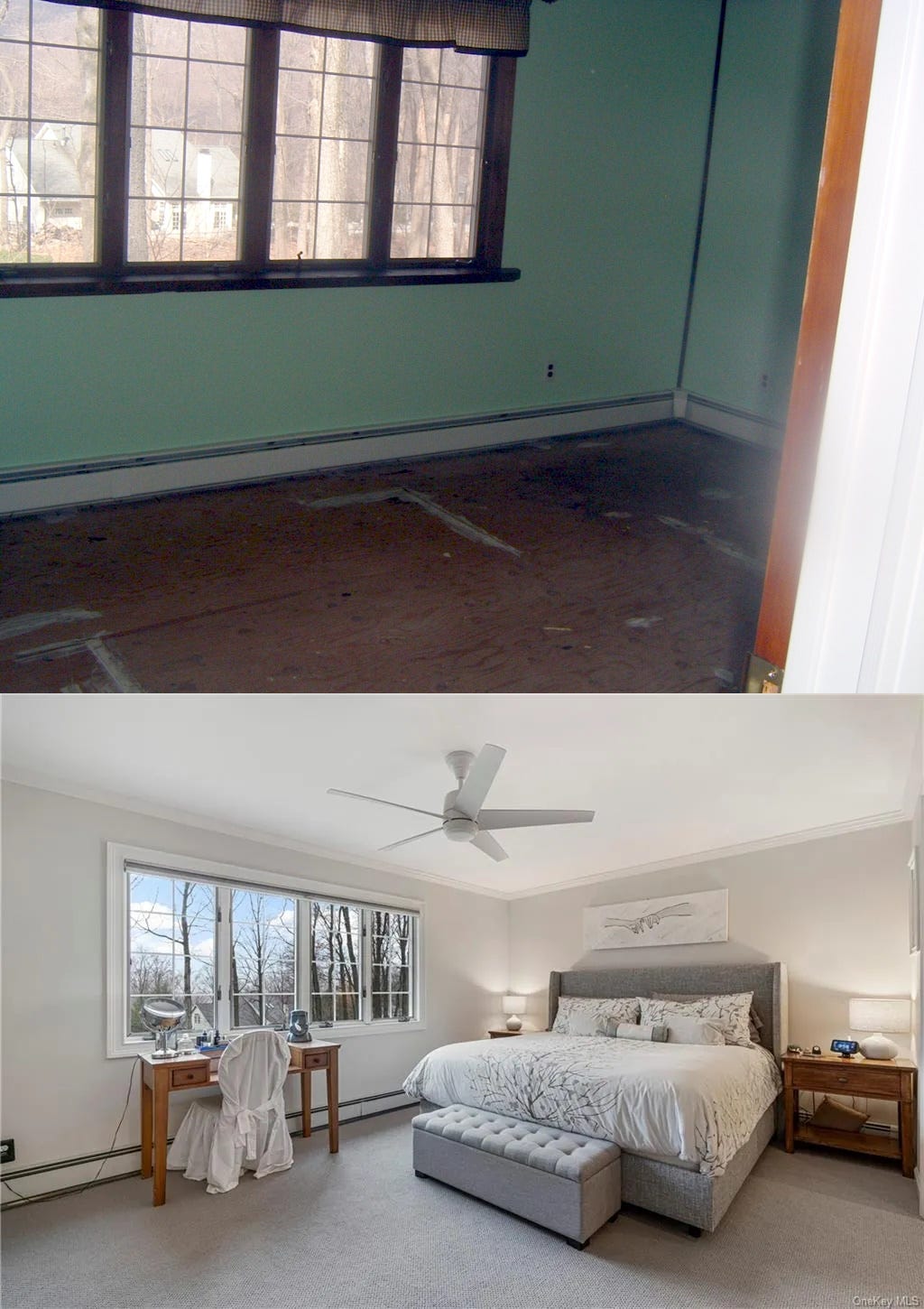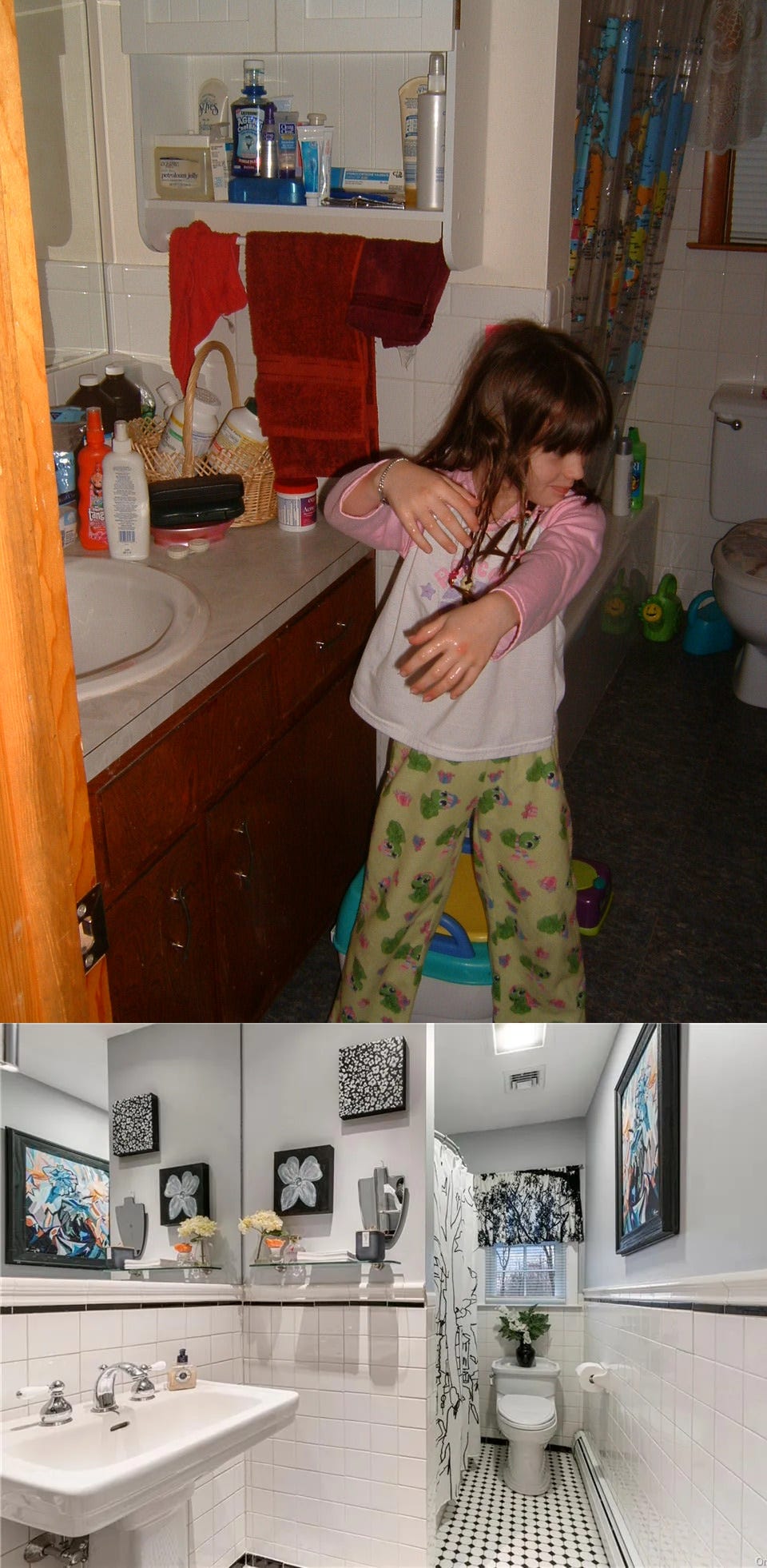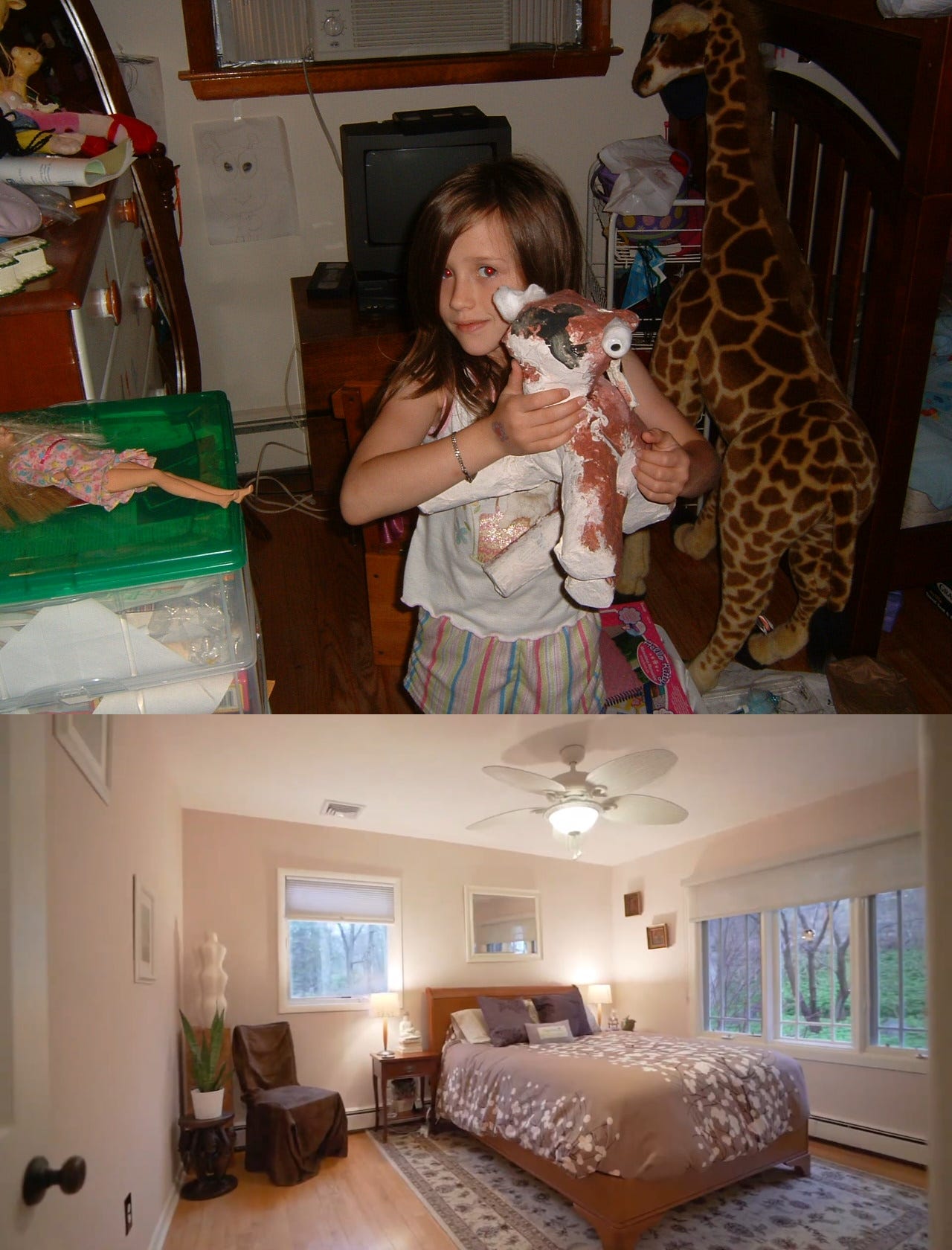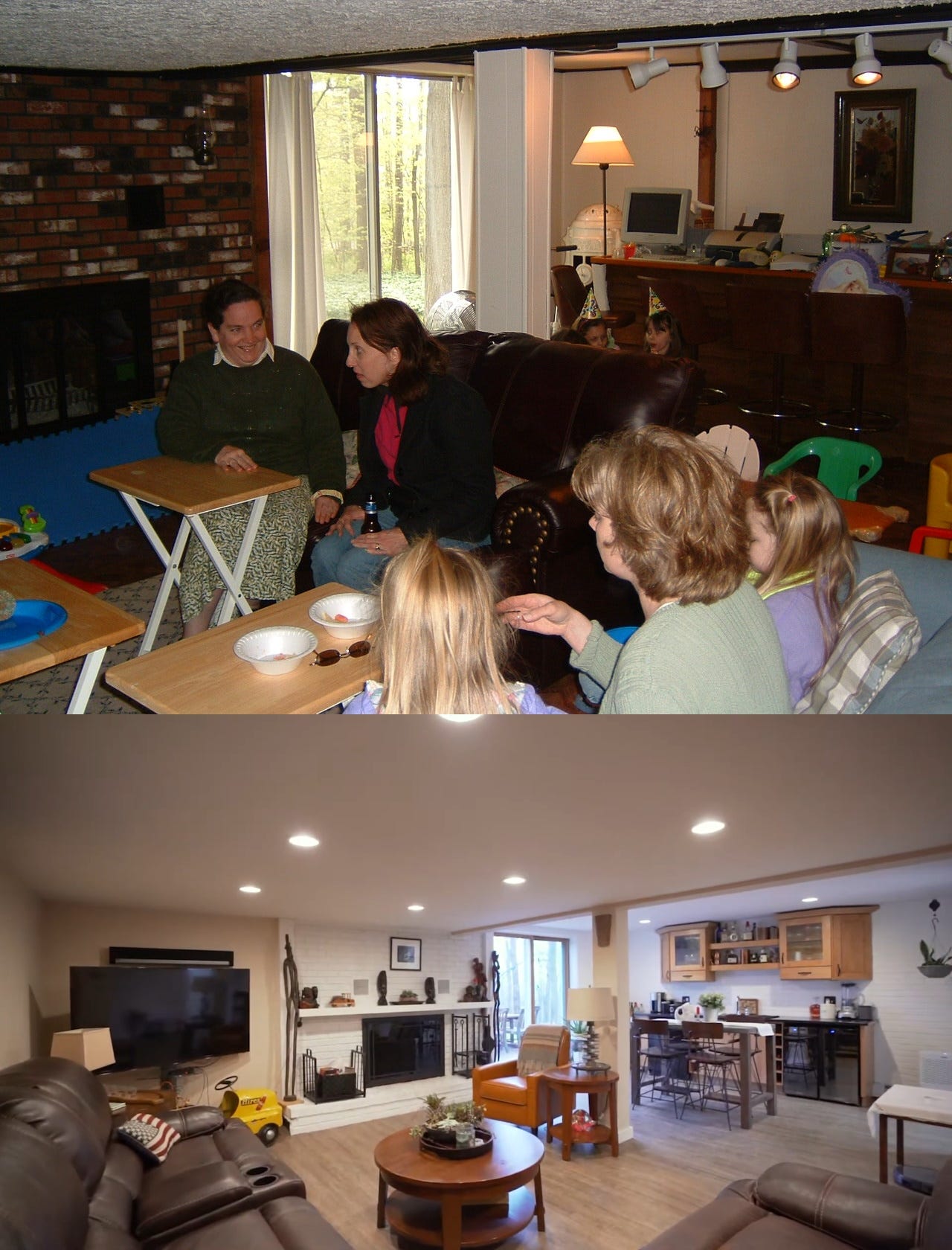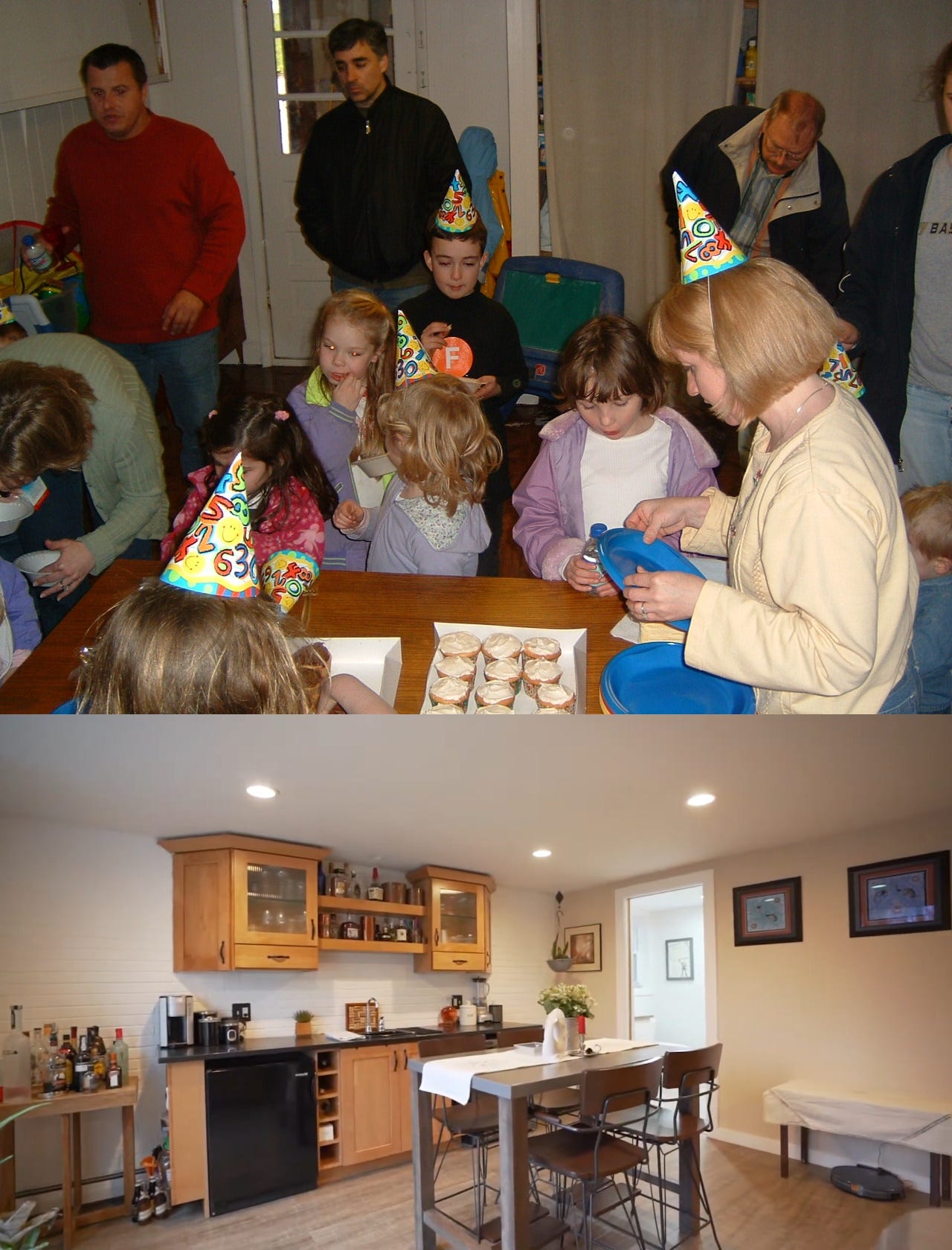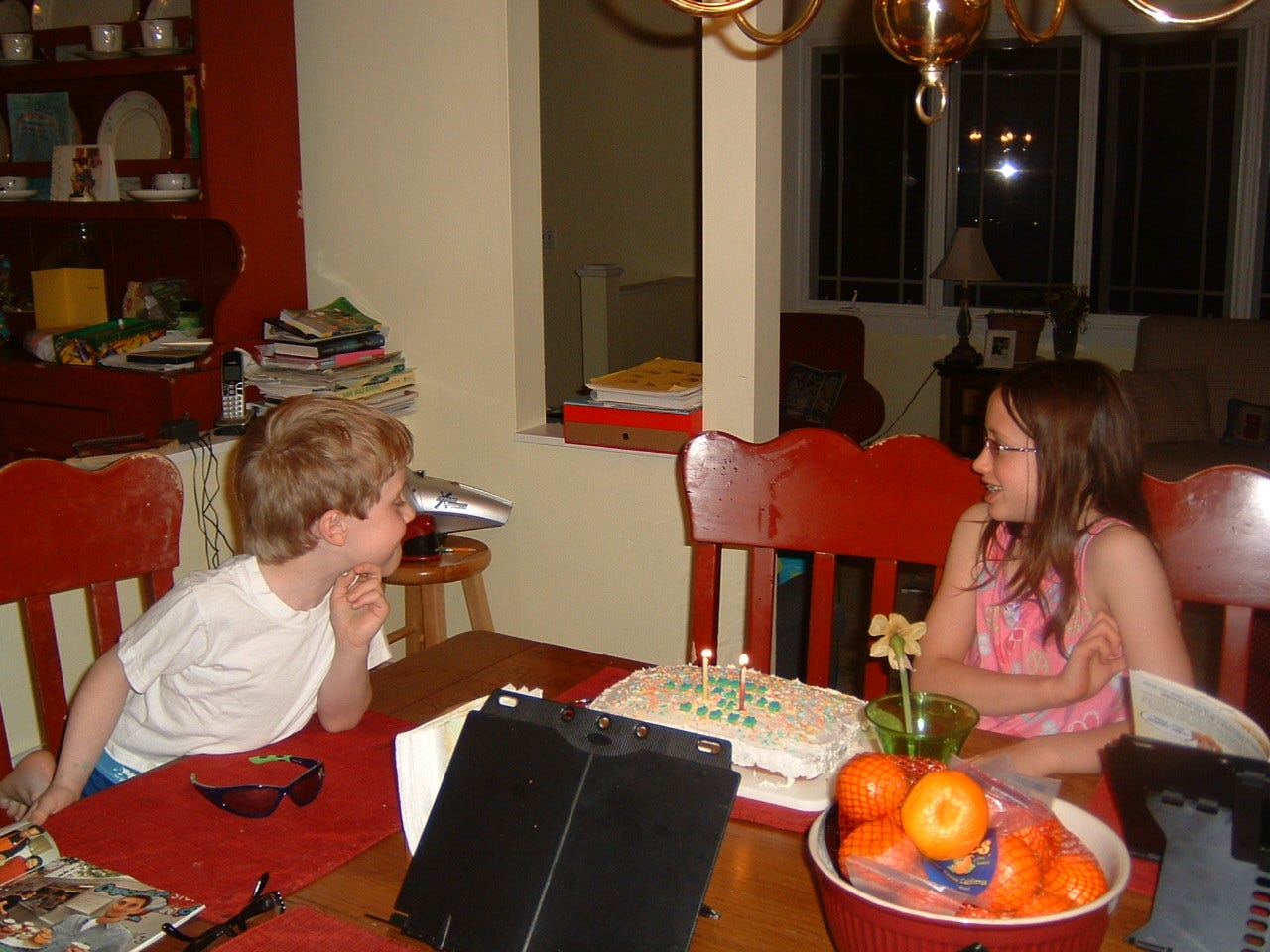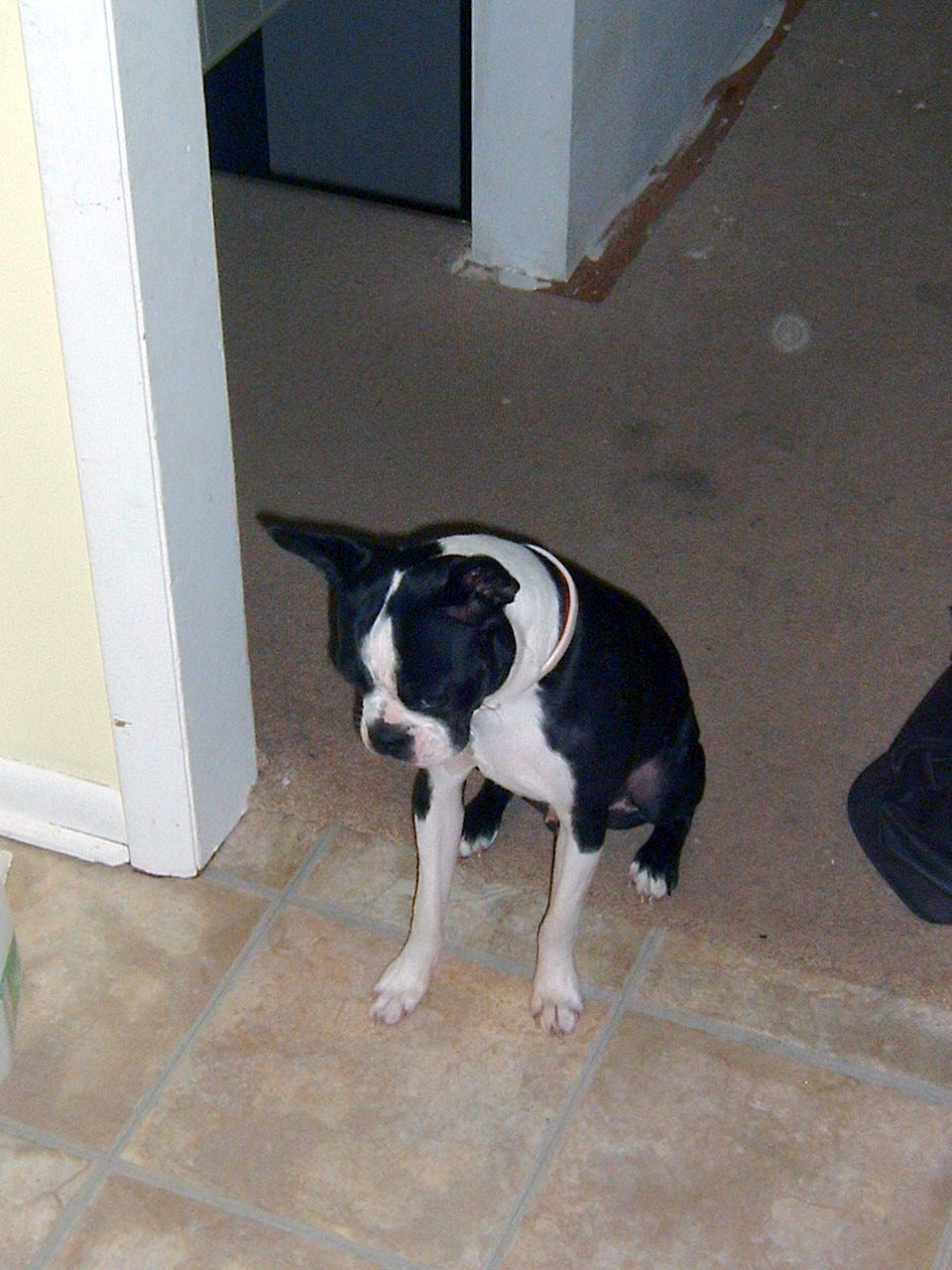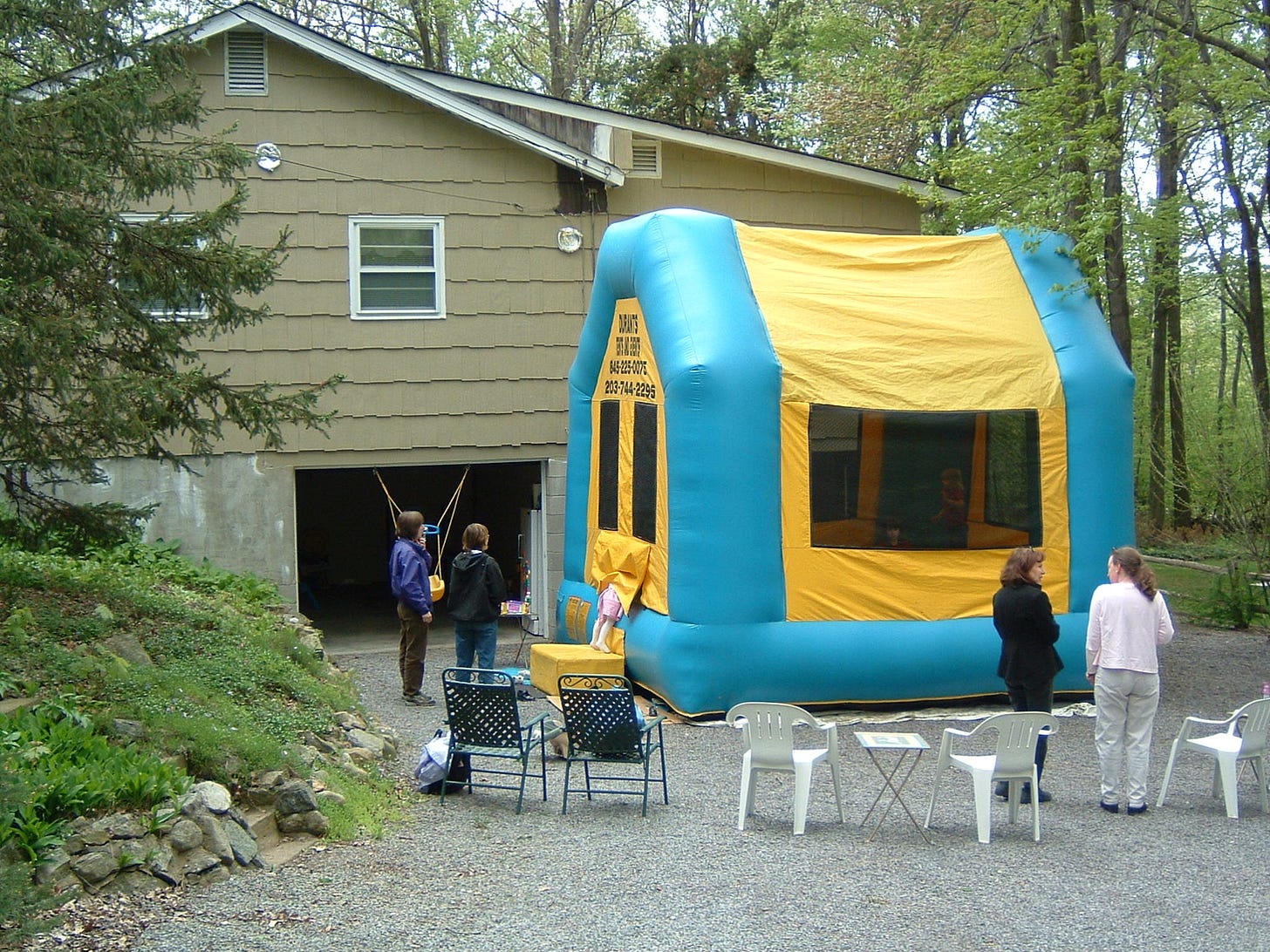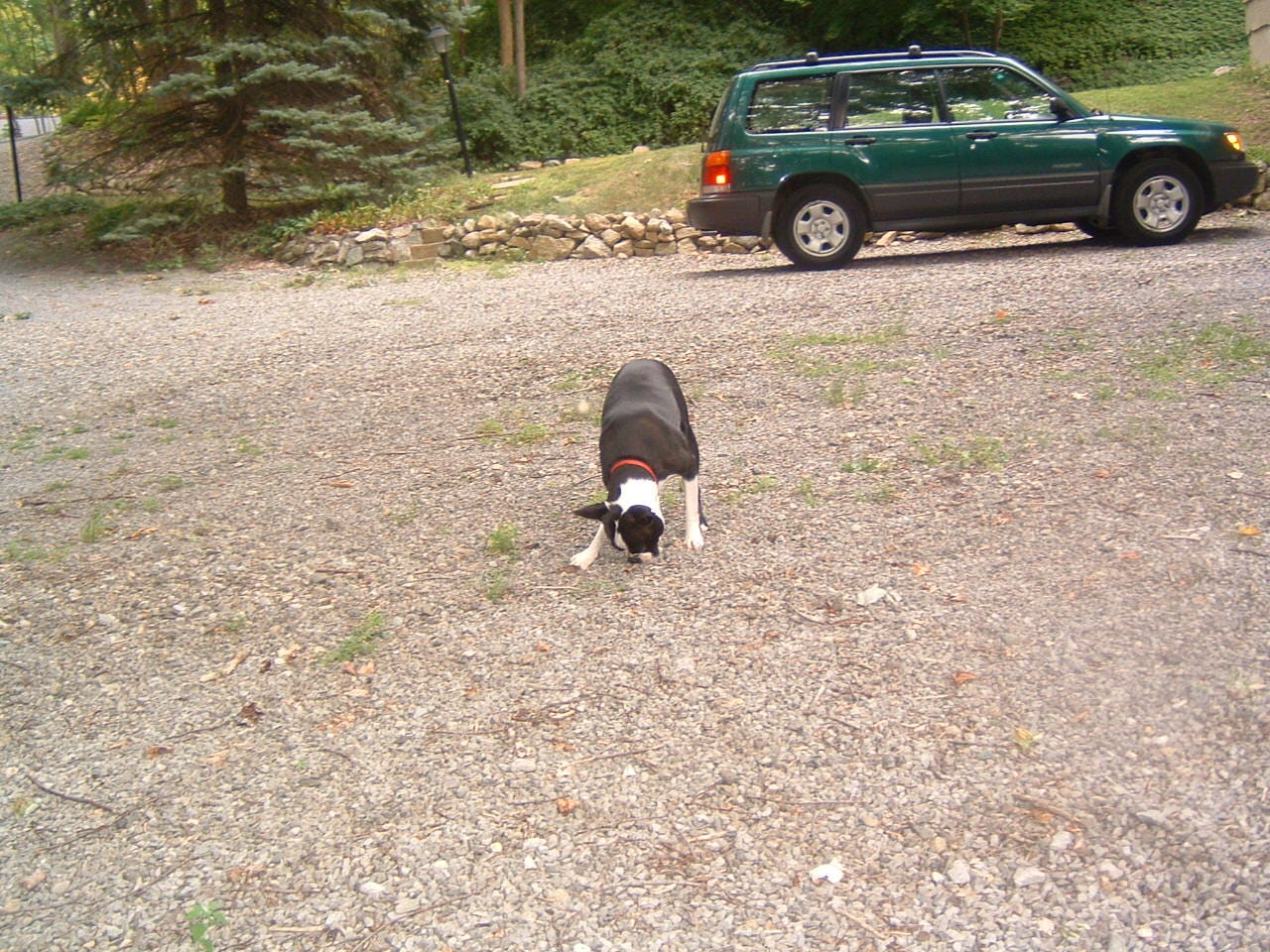"Delightfully Appointed Cold Springs Ranch"
Institutional real estate, rural gentrification, and an elegy for a Mid-Hudson home
Happy post-election day, everyone. Every prediction of mine from last post was somehow accurate so I’m feeling pretty good today. Dutchess Dems took the DA’s race, Columbia County Dems swept what has until now been a hardcore conservative county at the local level, and across the board Democrats seem to have made gains in our part of the state. I’ll have a more in-depth debrief of the results out over the weekend or early next week.
Before I kick this off I want to give a thank you to everyone who has subscribed as well as the two people (!) who have started paid subscriptions. As I’ve said before I don’t have any unique perks for being a paid subscriber but I cannot emphasize enough how much it encourages me to continue this project and I’m very grateful for your financial commitment to it. I went into this under the presumption this was going to be a small project with maybe a few dozen subscribers tops all of whom were hyperlocal and yet my expectations have been blown away. Whether you have known me since childhood or randomly stumbled upon this place, thank you.
I made a rather snide remark in my introductory piece to this project about the fate of my childhood home and how it serves as an epitome of the change going on around us. I quote it in full now:
“That 2,100 square foot first childhood house of mine mentioned earlier a few miles away from Dia:Beacon was sold by my parents in 2012 for a cool $299k, a loss compared to inflation. It would go on to be bought again, have the entire interior gutted, and be remodeled with a kind helping of millennial gray paint, cobblestone exterior walls, a hot tub, a sunken living room, a “custom eat-in gourmet kitchen,” a “primary suite with sitting room” (I don’t actually know what those last two even mean), and a paved driveway over my childhood gravel. It was sold last year by Sotheby’s for $870,000 in a listing that misspells the name of the town it was in. Zillow currently has its Zestimate at $919,000.”
The Hudson Line, “Morning Along the Hudson” — 4 November 2023
I’d like to expand on that today. Consider it a palette-cleanser before election results are certified and I have something to sink my teeth into. This will be a more personal piece than most, I seek to use this as but one example of the rapid influx of wealth to the Mid-Hudson Valley, the increasing view of homes here as vehicles for profit for institutional investors, and the rise in housing cost and gentrification that brings. But of course given it is my childhood home there will be an emotional component here, and I will neither totally repress it nor play it up.
This is more literary journalism than the kind of political analysis I usually do, but fear not, there will be plenty of datapoints to go along with it and I believe my family’s example offers some crucial insight into the “other side” of the post-COVID gentrification of the Hudson Valley. It is fundamentally political, and I hope it helps you put in context why I write about these issues today. In the interest of whoever may own the house now, I will not mention the address, though I am sure if someone really wanted to they could find it. In the off chance you stumble upon this article, I hope you understand this piece isn’t about you as an individual but the wider phenomenon.
My parents married in the city of Beacon in 1998. My mother was a public school teacher and my father worked in the NYS Attorney General’s office, so having considerable student loans and little in the way of income, they lived for the first three years of their marriage in a small rented condo in Cold Spring, the town immediately south of Beacon. With one daughter already and another in the cards, it soon became clear to them that they simply did not have the space to raise us there.
So, they did what plenty of other Americans have done. They went to an endless list of banks to have their credit ran, they borrowed from relatives to make the down-payment, and eventually in 2001 they were able to get a mortgage on a small house in a rural wooded area about 20 minutes from the Beacon train station for $297,000. Two years later, I would be born.
Sotheby’s International Reality, a subsidiary of the London-based fine art broker of the same name, advertises four “lifestyles” their homes fit into: Waterfront, Historic, Golf, and Equestrian. What was once my childhood home, a mass-produced ranch-style built in 1967, apparently fell into the “Historic” category. Featured on their site are mostly listings in the single digit millions for homes in the usual suspects: Darien, Scarsdale, Chappaqua, Rye, etc.
There is an almost sardonic quality to the descriptions realtors give houses, as if they were written by an alien with a thesaurus. This one is no different. Titled “Delightfully Appointed Cold Springs Ranch,” an apparent misspelling of the town it is located in and Relatorese I roughly translate as “has good stuff,” I’ll quote it in full:
Your complete oasis awaits in this meticuliously updated and delightfully appointed Cold Springs Ranch. Formal and casual living spaces combine seamlessly allowing you to entertain any time of the year or retreat/work in the more quiet parts of the home. An open concept main floor includes formal sunken living room with fireplace and built-ins, custom eat-in gourmet kitchen with stainless steel appliances, dining area with doors to screened porch and outdoor dining/grill deck, primary suite with sitting room (or 4th bedroom) and full bath, 2 additional bedrooms and updated hall bath. Lower level offers more casual space including a generous family room with fireplace, dining area, wet bar with doors to patio and hot tub (under screened porch), office/den, bath, laundry and easy access to workshop and 2-car garage. More updates than can be listed make this home the perfect spot 7 days a week, all year long! Ample parking. Minutes to train/village, restaurants, schools and shops.
I could dissect this description as I did briefly in my initial article, but I think that’d be missing the forest for the trees. Instead, I’d like to share some family photos from my childhood contrasted with the listing photos. I think they do it more justice than any words I can write. Obligatory acknowledgement I did not take the listing photos and they are watermarked accordingly.
What makes this example so uncanny to me is not merely that a place I spent much of my life has changed, I do not expect immutability and I am not against development broadly. But what it was once to my family and the preceding families was a quintessentially lower middle class home. One can see it in these photos.
Kitchen appliances get replaced when they simply can no longer be fixed. When a wall gets scuffed, there is no urgency to repaint it. An old rocking chair with a bullet hole through it sits in the corner of the TV room, not the sitting room. A hodgepodge of inherited furniture lacking coherent interior design are placed wherever they are most functional. It is messy because kids are messy and life is messy. A ‘90s Subaru Forester sits at the end of the gravel driveway, one that would be destined to be sold for $1,000 many well-loved years later. The last time I was in Cold Spring, I saw the same woman we sold it to behind the wheel. Ancient trees dot the yard, with foliage along the edges.
Floorboards warp, tiles crack, walls chip, carpet stains, and these things aren’t so much as noticed. They may be in frame— but they are never the focus.
From the first owners in 1967 to mine, every family that occupied this house has written a letter to the family that bought it. It contained a full accounting of the history of the house, when exactly that tree fell over, how many kids were raised here, where in town they now live as adults, what fuse had blown if the radiator wasn’t kicking on, and a warmhearted welcome to the home that had treated all of us so well. The problem is not that the community has gained a home for the upper class, it is that it has lost one for working people.
We sold the house for $299,000 in 2012, about a $90,000 loss adjusted for inflation. I’d return to Cold Spring a few years later with my mother and sister, this time as renters in a 900 square foot two-bedroom house owned by the neighboring oil company. Ever since I have bounced from rented house to apartment to dorm, never in one place for longer than three years and for most, less than one. We’d tolerate errant water heaters and exposed wires hanging from the ceiling due to lack of other options. The last place we lived in the Hudson Valley would be the basement apartment of a boarding school turned hat factory turned apartment building slash cell tower in Beacon. Then last year, we left.
My childhood home was listed in April of last year for $800,000. It sold for $70,000 above that. A neighboring, smaller home, having undergone no remodeling and estimated to have been worth $385,800 as recently as 2020 was listed for $599,000 and advertised as a potential “weekend getaway.” It sold for $615,000 three days ago. Even that rented two-bedroom house on energy company land that I mentioned dismissively now has a Zestimate of $483,000.
Were my parents newlyweds today, the childhood that I had would simply be out of our reach. My parents would face the same challenge my generation shall face: not being able to raise our children where we are from. Today, no member of my extended family lives in the Hudson Valley. Every high school friend of mine that didn’t go to college and moved out has left the state. It simply does not make financial sense to stay. Many of these friends of mine have union jobs, they’re plumbers, electricians, work in construction, some are engaged, and they have no clear pathway to ever move out of their parent’s homes to anywhere remotely nearby. Their options are to leave forever, or have the beginning of their adult lives stunted.
This is the cost of gentrification freed from abstraction, and this is exactly how it is spreading along the Hudson River. As demand rises and housing supply dwindles, formerly affordable homes are transformed to fit the needs of this new ascendant class. As these homes sell for increasing ridiculous prices, other boats rise. But even for those homeowners, this is not always a positive, as an article in the Highlands Current laid out with the case of an elderly woman who cannot afford to downsize as smaller houses are snatched up for above-listing prices.
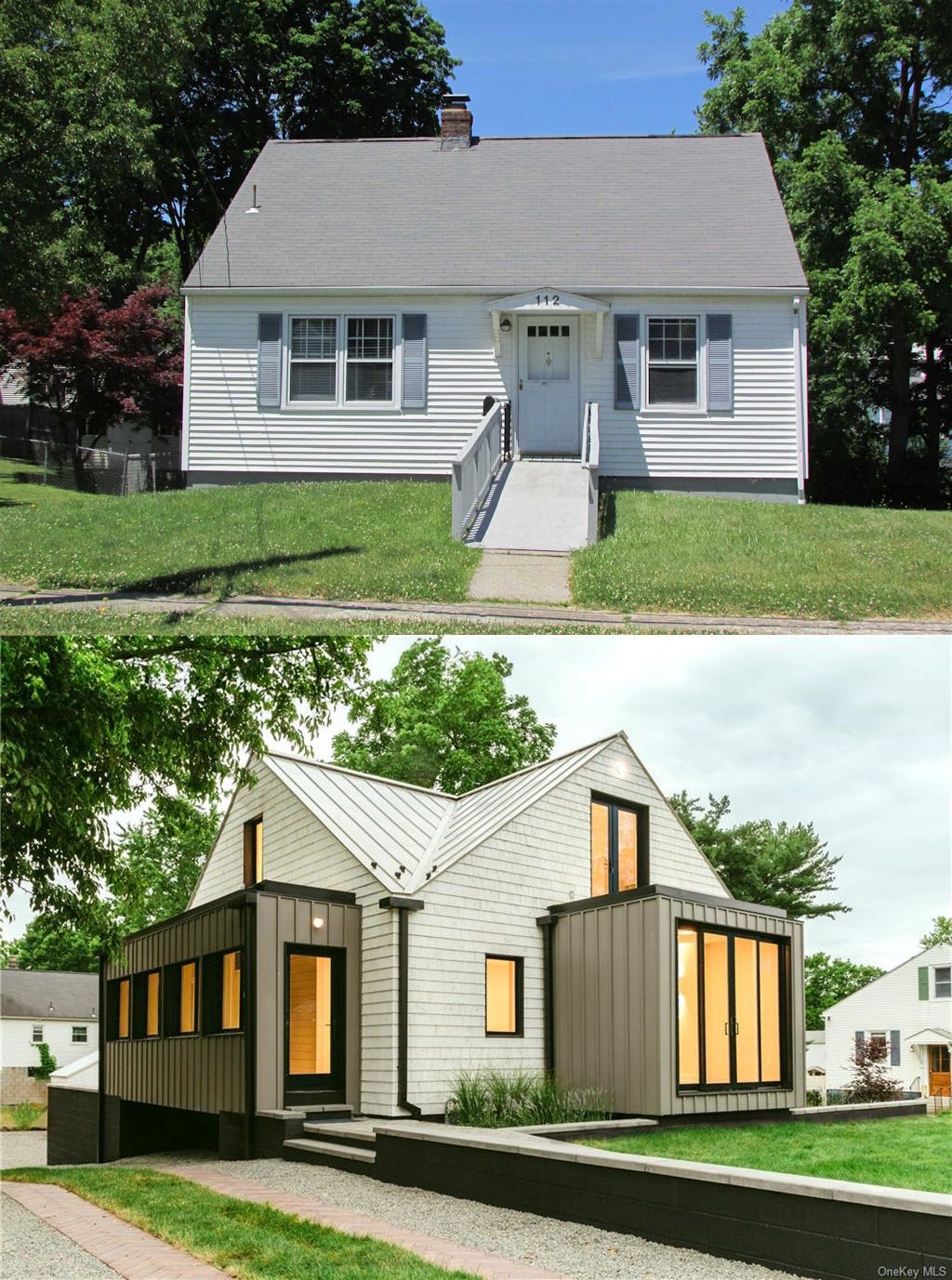
The economic priors that have defined our region for all living memory no longer apply. When my parent’s bought the house, my father’s 180-minute commute to Manhattan and my mom’s 120-minute commute to the Westchester suburbs to teach were priced in. Having made that first commute every weekend to visit my father later in my childhood, it was quite the schlep. When my grandparents worked at IBM or prior to that when these were factory and agricultural towns, there were good-paying jobs in the area, but the price of housing rose steadily.
When I began delivering UberEats after my girlfriend told me of her success with it, I assumed my clientele would be wealthy college kids at Vassar and Marist. It wasn’t. I often delivered to the same houses at lunchtime each day, with instructions to just leave it on the porch as they work from home and are on a call. Increasingly the economic nature of the Mid-Hudson Valley is stratifying into a convenience economy for those who have means, fufilled by those who do not.
My great-grandparents, the county agricultural extension agent and a teacher at Catskill’s elementary school, did not make much money. They were born poor on their family farms, by nature of being a younger son and a woman with no pathway to inherit it. They started like their granddaughter as renters, bouncing around the Hudson Valley. In Irish Catholic fashion, they would have six children. After some years, they were able to purchase a beautiful lifelong home for $11,000 in 1956 (adjusted for inflation, $126,331 today). They would go on to pay it off, retire in their late 50s with state pensions, and die peacefully in 1989 and 2005 respectively. They made sacrifices to make it work, some kids shared rooms and one was rented to a boarder, but it was theirs. It sold for $75,000 in 1998. The Zestimate today is $671,100.
This house was relief in a market my parents couldn’t afford. It is where my father came through the front door coated in the chalky residue of the South Tower. It is where I took my first steps. It is where I learned to ride a bike. It is where I dipped a bubble wand in red paint and blew a bubble in my lily-white room that’d be there until the day we left. It is the site of almost every one of my formative memories. It is the place I have lived the longest and will remain such into my thirties at minimum. And it is a place that for all intents and purposes, has ceased to exist.


